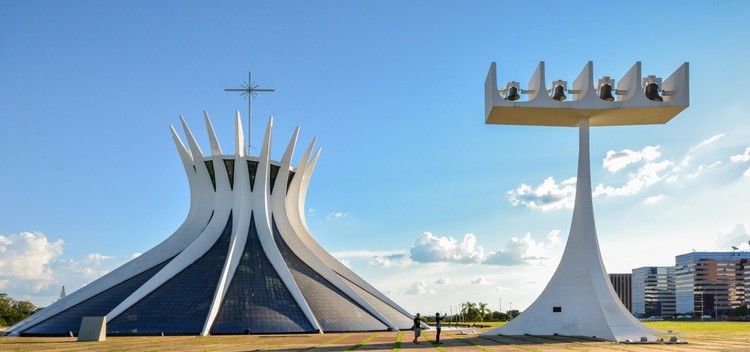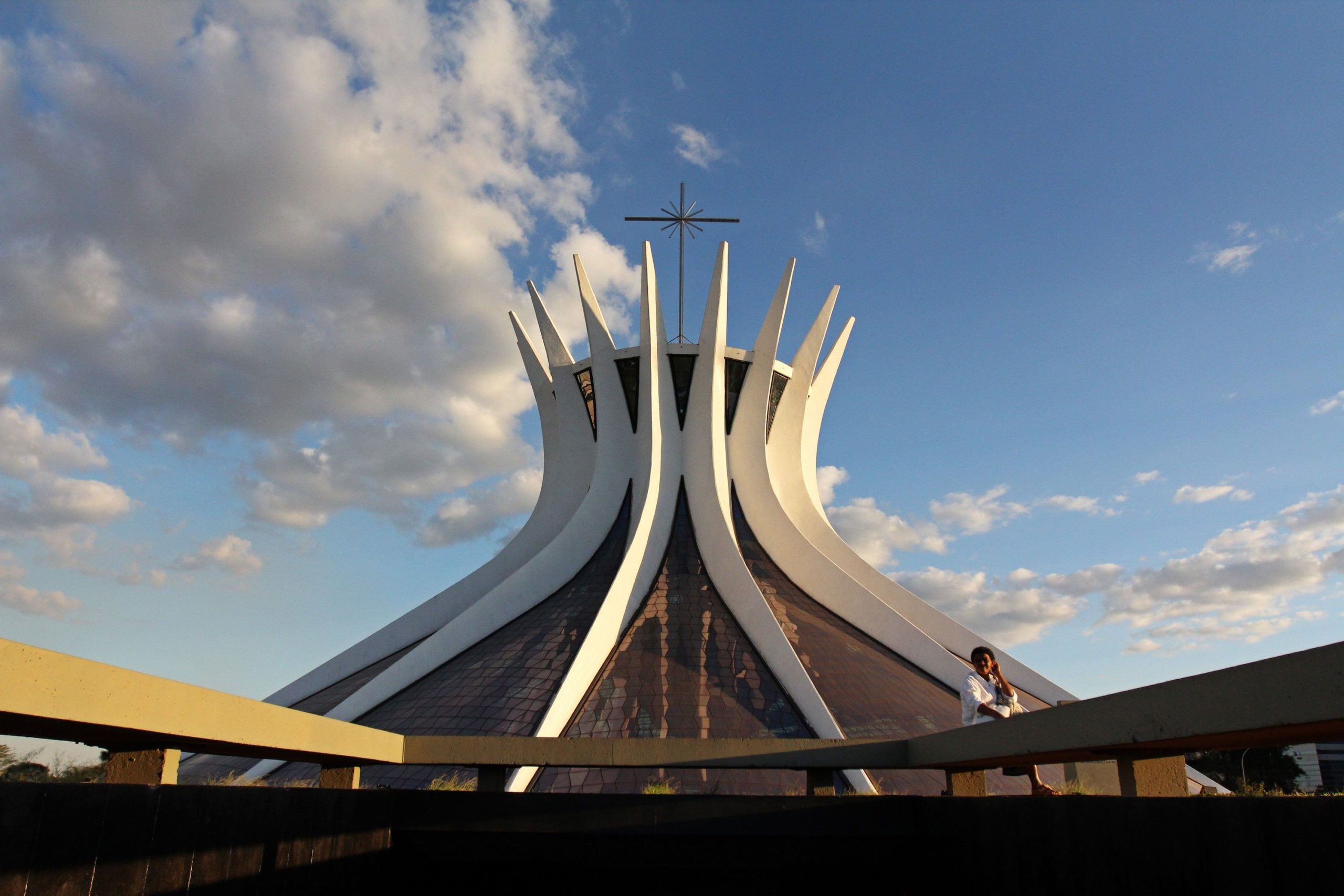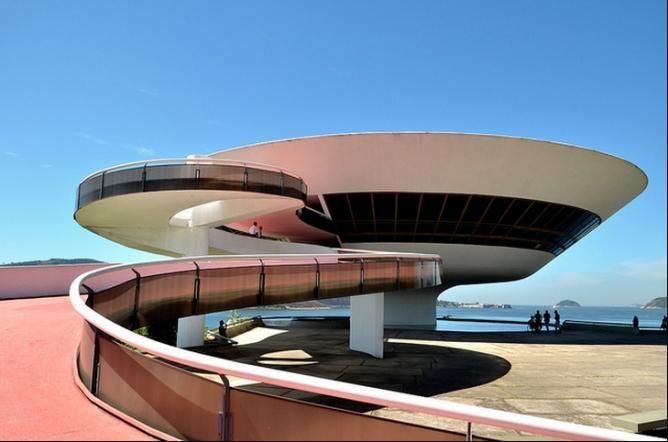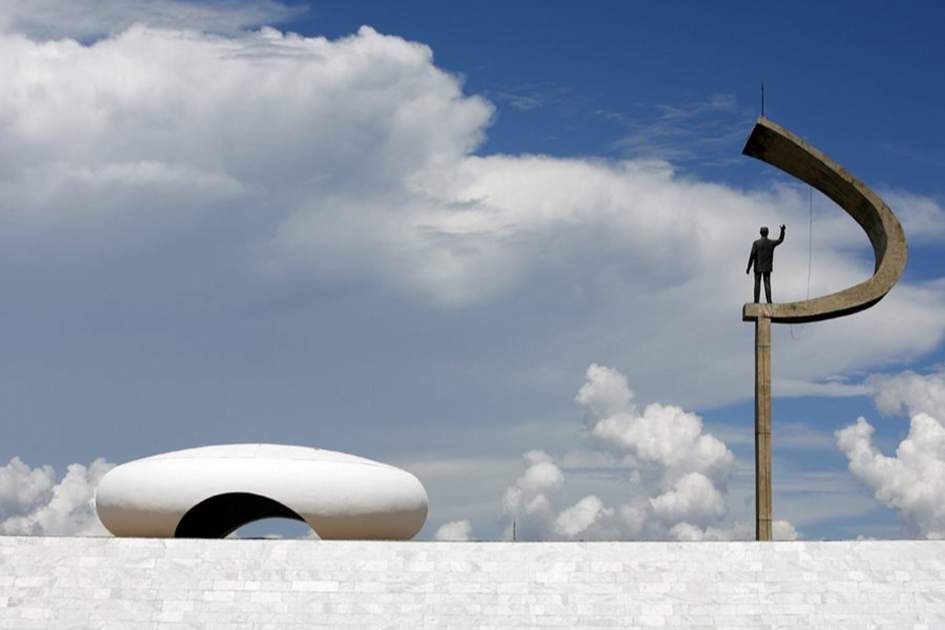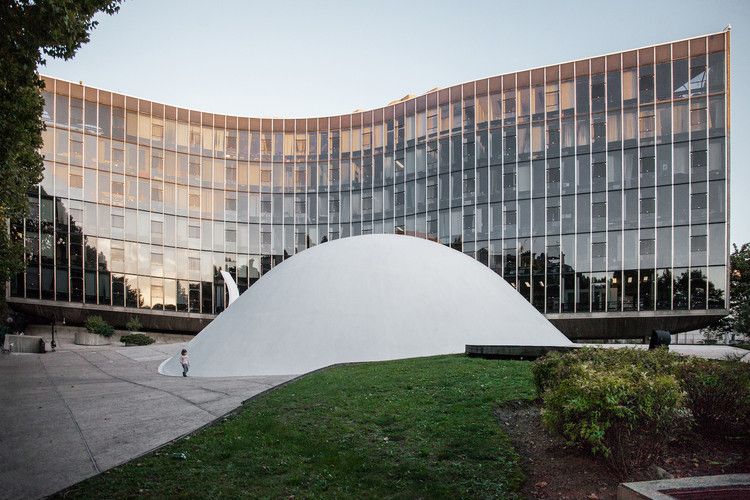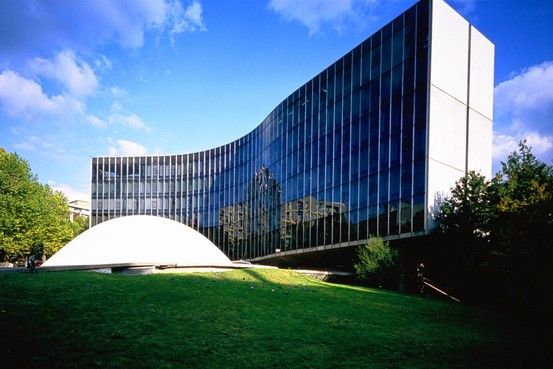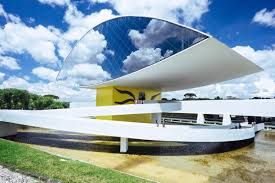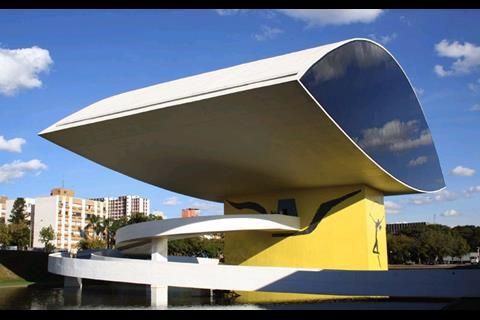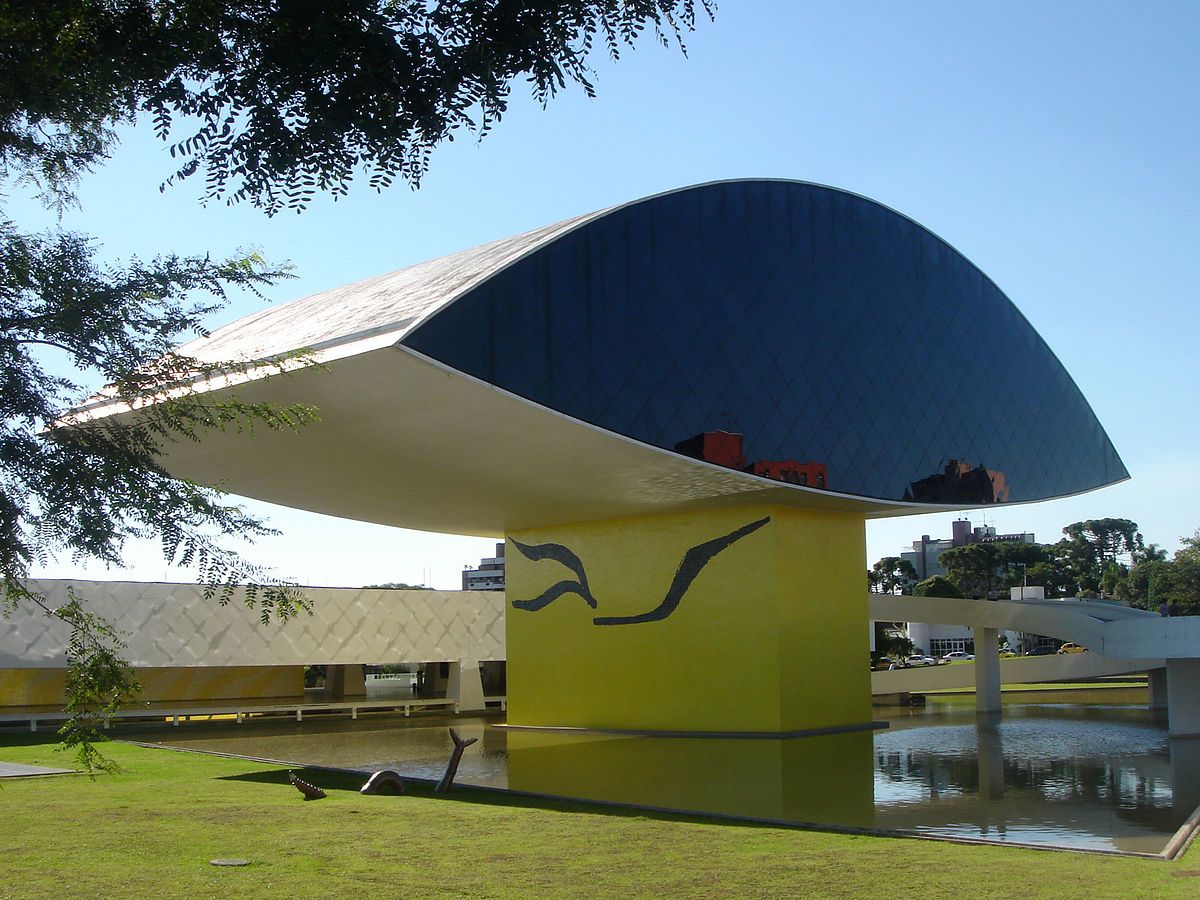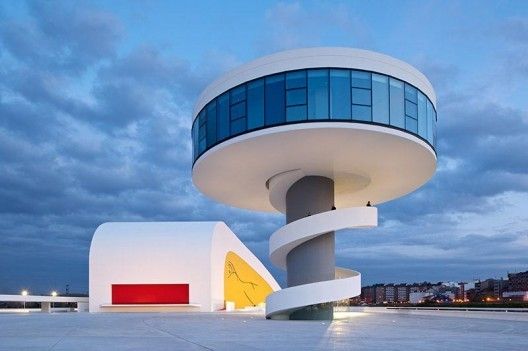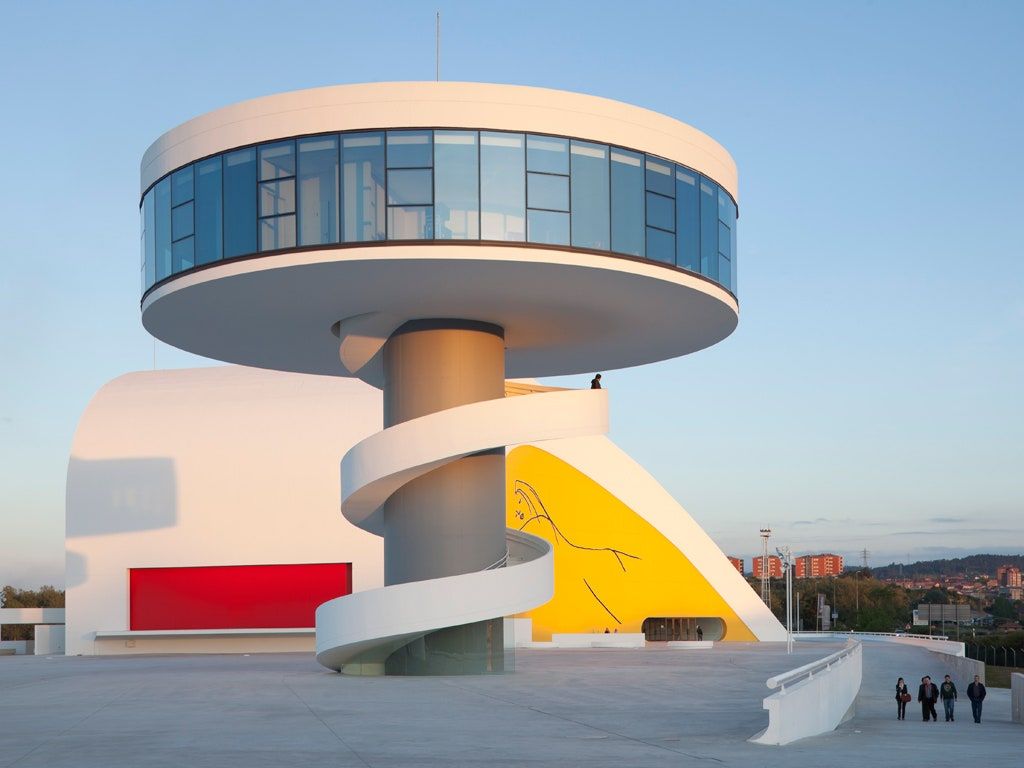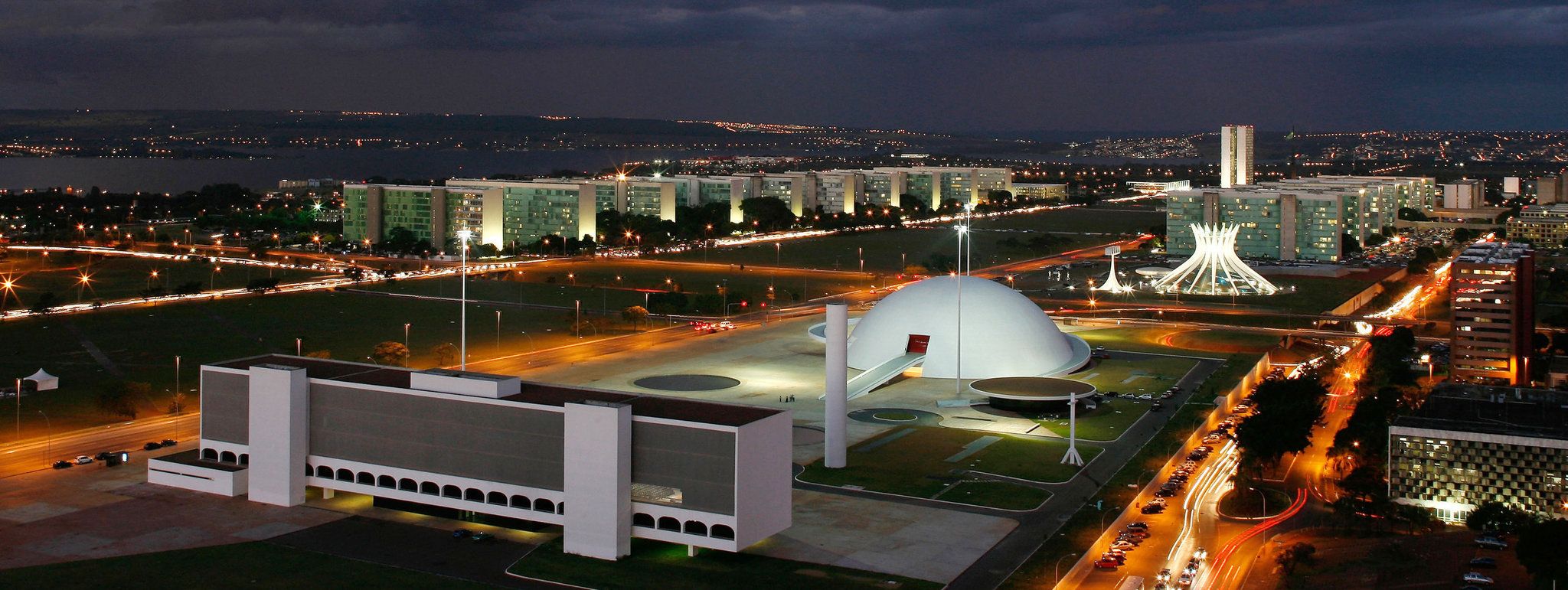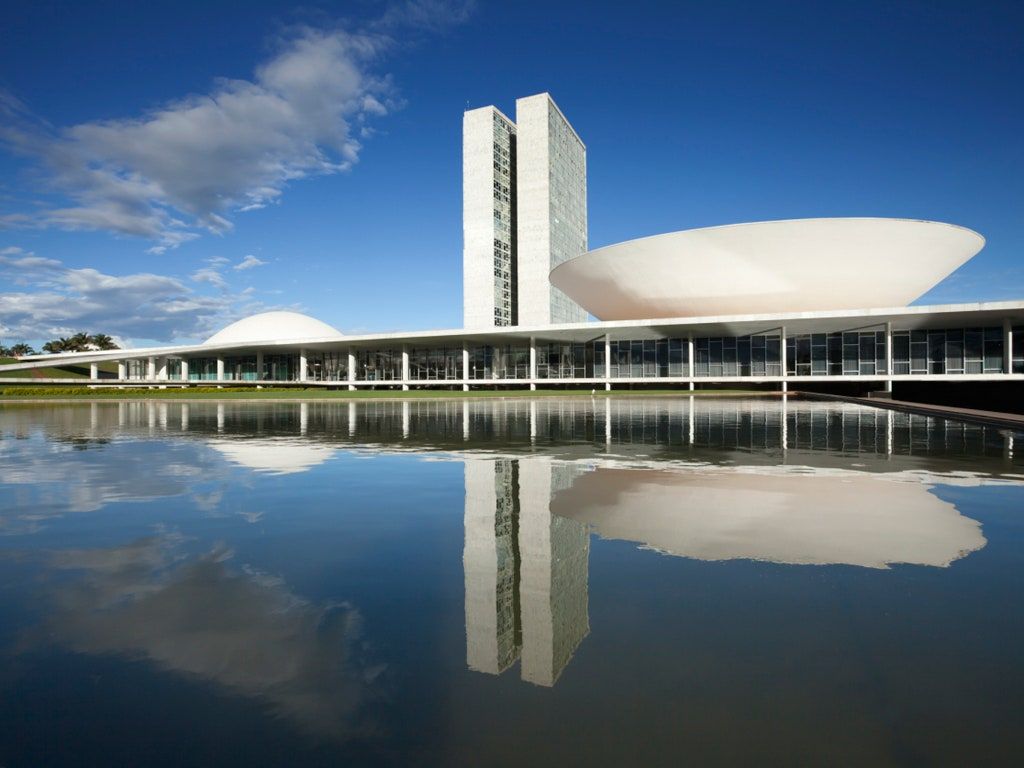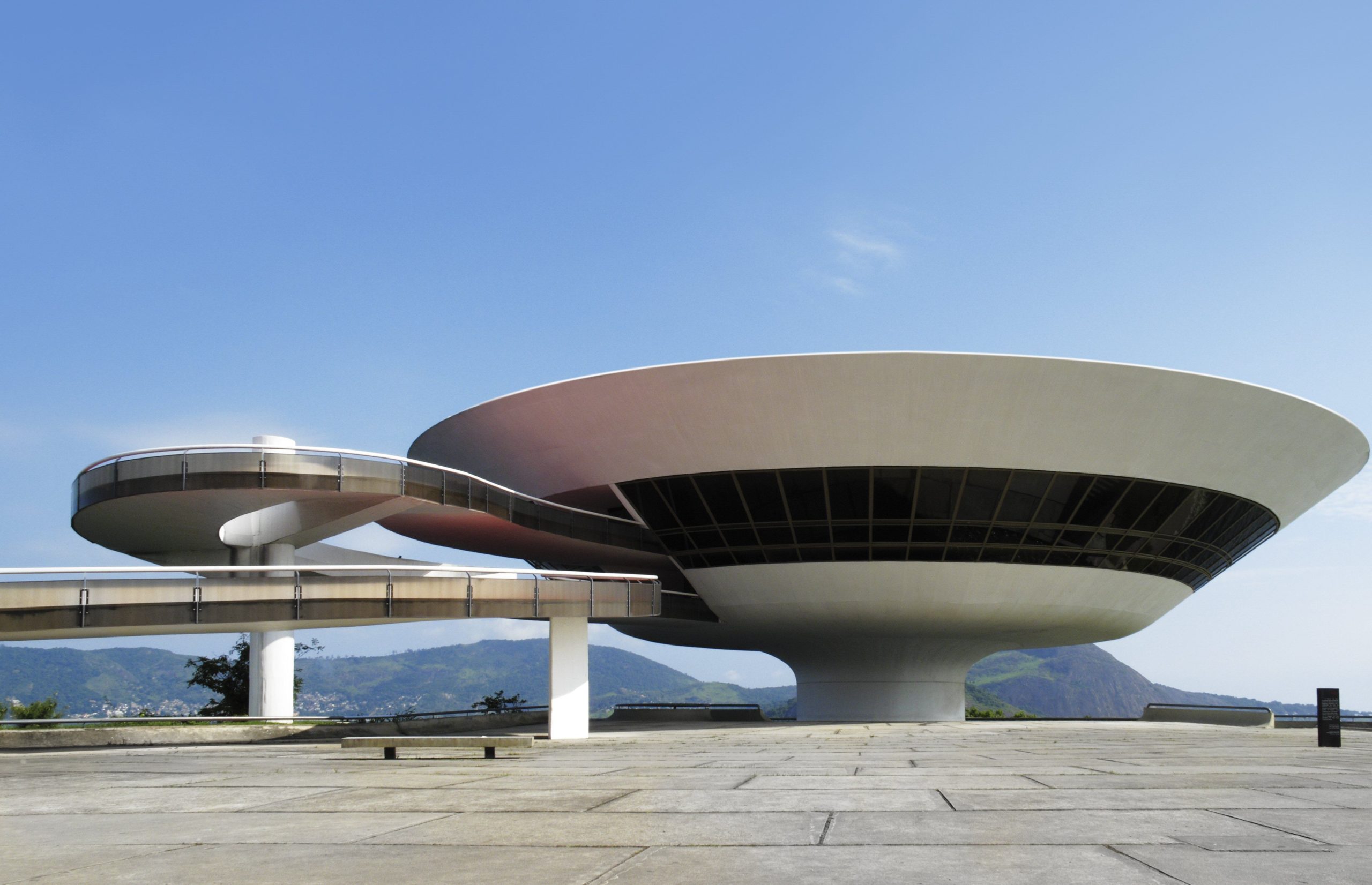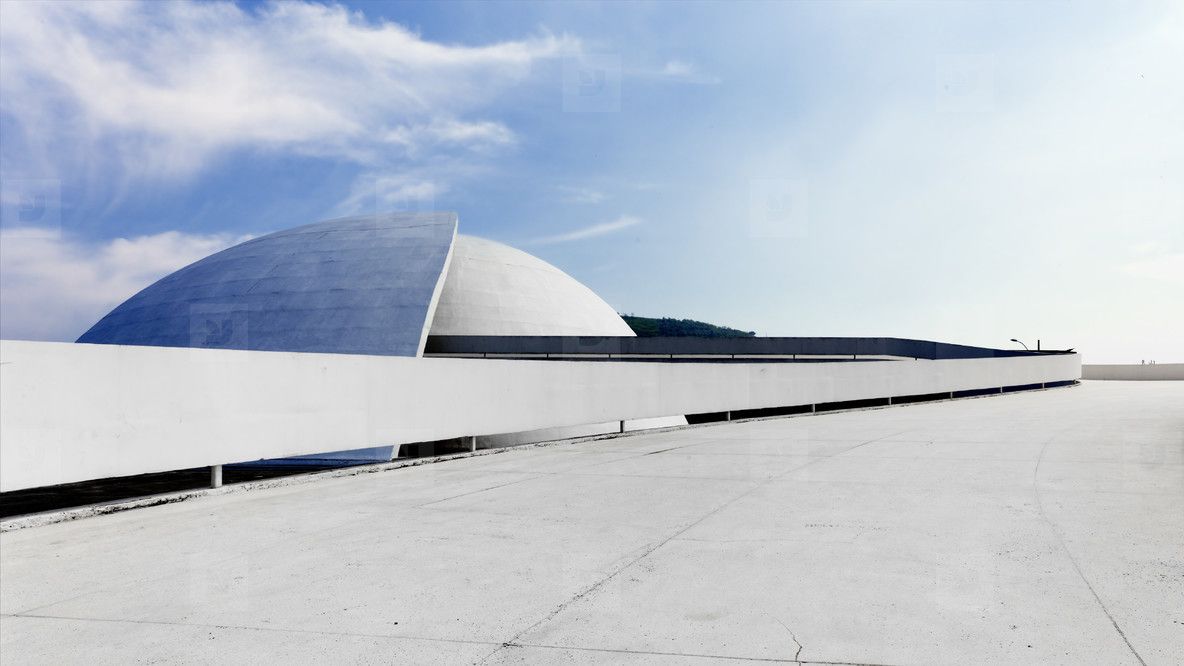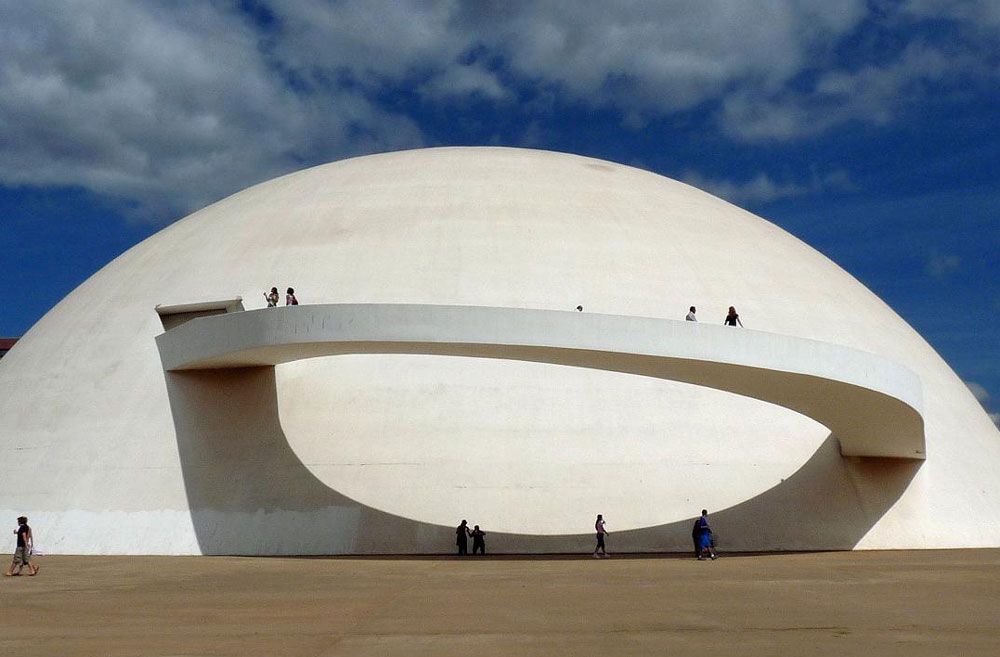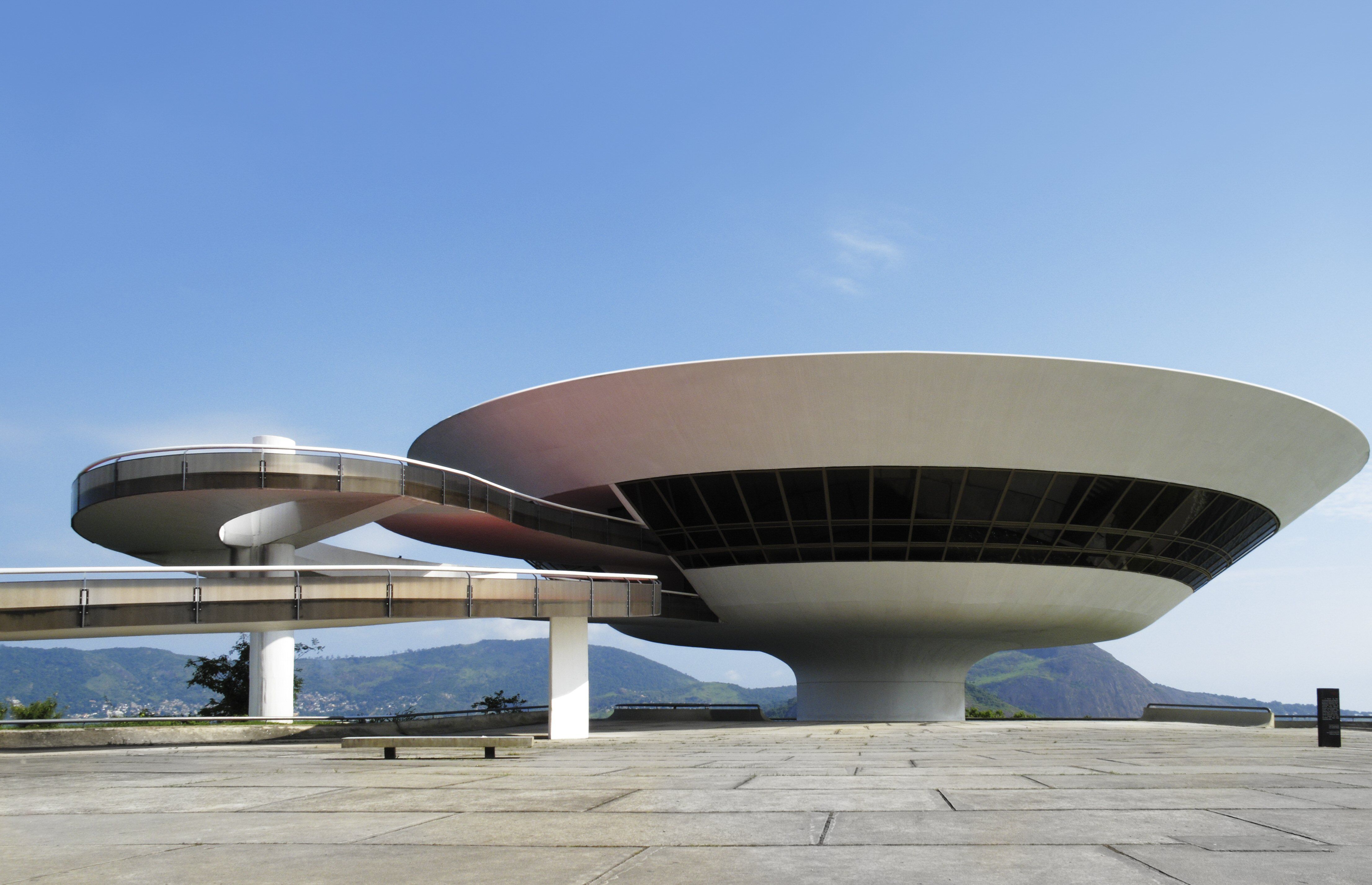Following in the footsteps of Mies van der Rohe and Le Corbusier, Oscar Niemeyer was a modernist architect who contributed to redefining architecture after World War II. Brazil will always be indebted to Niemeyer as he was the one who designed most of the buildings of its new capital-Brasilia. He was innovative on all levels and scales, even The House He Design to Be His Own Family Home is like no other. The ideas Niemeyer introduced during the design and construction of Brasilia pushed Latin America into the path of Modernity.
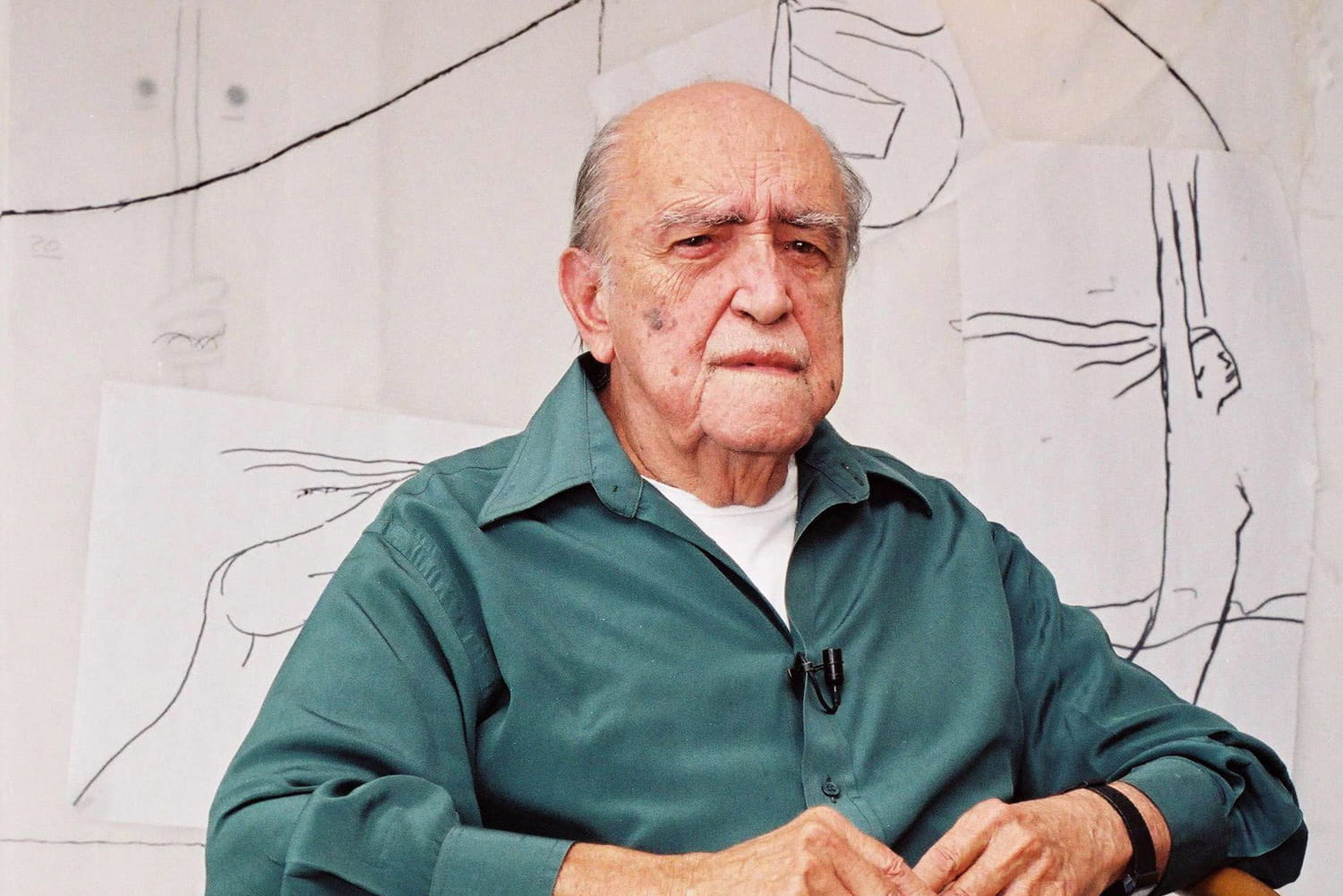
© Andre Luiz Mello / AP / SIPA
Who is Oscar Niemeyer and what did he do?
-
Early Beginnings
Oscar Niemeyer was born in 1906 and died in 2012, a few days shy of his 105th birthday. He studied architecture at the National School of Fine Arts in Rio De Janeiro and apprenticed at its dean’s architectural firm. Lucio Costa, the dean, was among a few architects in Brazil who endorsed Modernism at the time.
-
Niemeyer and Le Corbusier, the apprentice and the master
Costa’s firm was responsible for designing the Ministry of Education and Health building in Rio de Janeiro. The building was the first of many modernist buildings to follow in Latin America. The Brazilian government asked Le Corbusier to step in, with Costa’s firm, on the design of the building in 1936. Niemeyer joined the project as a draftsman much to Costa’s reluctance. The apprentice suggested some changes to Le Corbusier’s original design.
One of Niemeyer’s modifications was doubling the height of the columns that supported the main office part of the building, giving it a slimmer appearance. Another adjustment was including the auditorium, which was originally a separate structure, into the building. In the following years, Niemeyer’s works increased and flourished. His style of designing free-flowing curvaceous buildings became his trademark.
-
Creating Brasilia
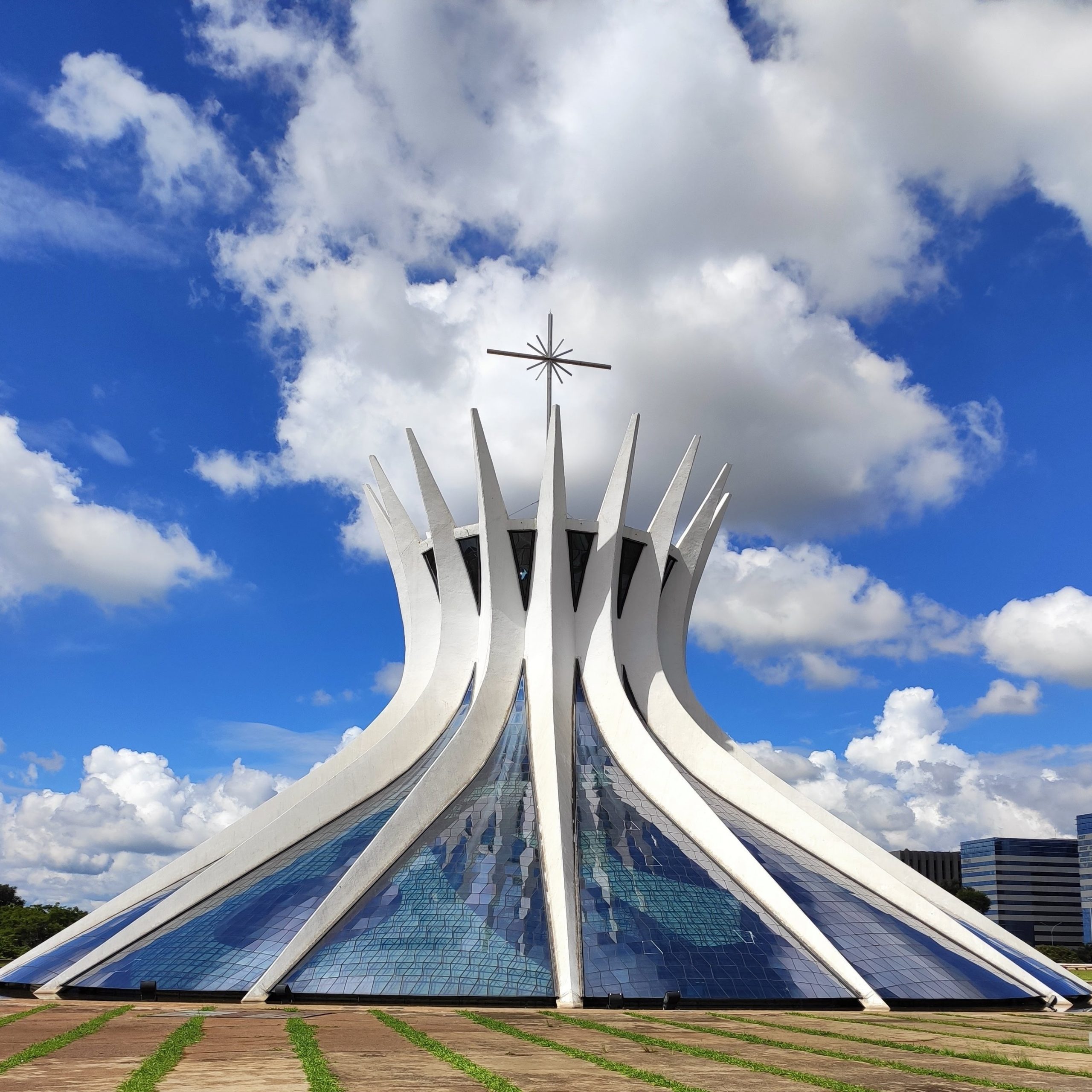
Courtesy of Wikimedia
The Brazilian architect was lucky to have known Juscelino Kubitschek, a mayor who admired his work. Kubitschek later became the president of Brazil and commissioned the architect to design many of the government buildings for the new capital, Brasilia. The designs included a dance ball, a yacht club, a casino, and a church.
-
Always at war with straight lines
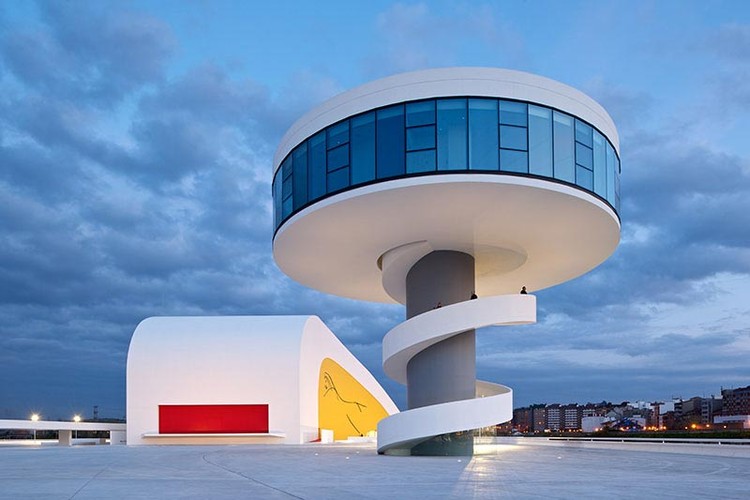
© Iñigo Bujedo-Aguirre
Niemeyer loved curves! That is evident in almost all of his projects. His hatred for straight lines or “constraints” as he saw them, made his buildings almost recognizable at once. His design for the church of Saint Francis of Assisi didn’t please the Catholic authorities. They considered the architect’s curvy design of the church, inappropriate. The religious building was not used until the late 1950s.
-
Niemeyer in the United States
His debut in America and the whole world was in 1943 during Brazil Builds exhibition—Museum of Modern Art, New York. Afterward, he collaborated with Le Corbusier, among others, in designing the United Nations building. Niemeyer and Le Corbusier worked shoulder to shoulder, this time as peers.
-
Niemeyer, the leftist
Brazil underwent a military coup in the 1960s, which hunted down many of the left party, and among them was Oscar Niemeyer. After business went downhill and because of the persecution by the new regime, he fled to France. There, he designed the headquarters of the Communist Party (1980) in Bobigny and the House of Culture (1982) in Le Havre, Normandy. The building is a landmark that features a white dome of conical shape and a ramp that snakes down to the earth.
-
A name reflourishing
There might be a few architects who are lucky enough to live long to regain their fame after they have lost it for whichever reason. After living almost 20 years away from his beloved country, he returned to it in the 1980s. His work started to pick up the pace once more.
In 1996, he designed the Museum of Contemporary Art in Niteroi, close to Rio. The building stands on a cliff at Guanabara Bay and has the shape of a flying saucer. People may have long lost interest in modernism, but the works of Oscar Niemeyer still stand high as a symbol of a more hopeful era.
